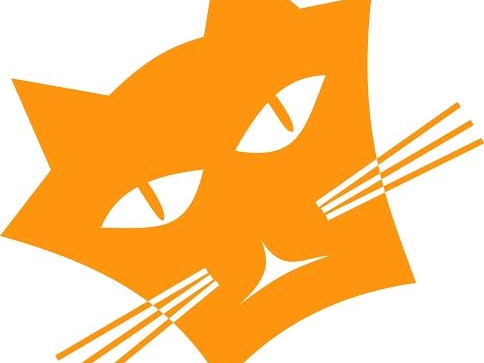>> HYPER/CAT - INTEROPERABILITY WITHIN IOT
The Internet has a thing for cats; this announcement made the IoT media go nuts.

The UK Tech Consortium, consisting of forty UK based technology companies
(including, but not limited to BT, Intel, ARM, and IBM) delivered the
HyperCat
specification earlier this week - claiming to define a new way for machines
to work together within the IoT space.
So, what is all the fuss about - what makes this so special?
Up until now; each vendor has either created their own proprietary standard
or adopted one that is more common within a specific vertical (or silo)
domain space. This has meant that in order for devices to be interoperable
(communicate across implementation environments) it would be a headache to
have to build bridge translators of data formats - which would most likely
just aid to the fragmentation of the IoT space even further.
Hypercat is not an implementation; but more a proposal for standardizing
how systems should communicate - offering a REST like API with JSON storage,
much like there are standards such as ISO, IEEE and the W3C. The idea is
to promote a common messaging data structure to expose IoT assets over the
web - defining a set of semantic annotations.
But doesn't this exist already?
WSDL and WADL
which are XML based standards where rejected as they were considered to be
too complex for web developers to adopt and specific too rigid for flexibility.
Since devices and services are sure to evolve over time, it is important
they can probe each other to discover commonality and make the best attempt
at interoperability.
I think Steve Ranger (ZDNet) hit the nail on the head tho:
- However, anyone can create a specification — HyperCat's success will depend
on whether the wider tech industry wants to go along with it, or whether the
ecosystems of the big players will be adopted instead.
source: www.zdnet.com
While I think this is a great step in a standard for IoT interoperability,
my experience has the notion some of the bigger players who really need
to adopt this for it to succeed may have the mentality of
not invented here stamp - where companies will reject existing
standards and implement their own and push to make that a standard for any
number of reasons.
Only time will tell - and I hope I am wrong!